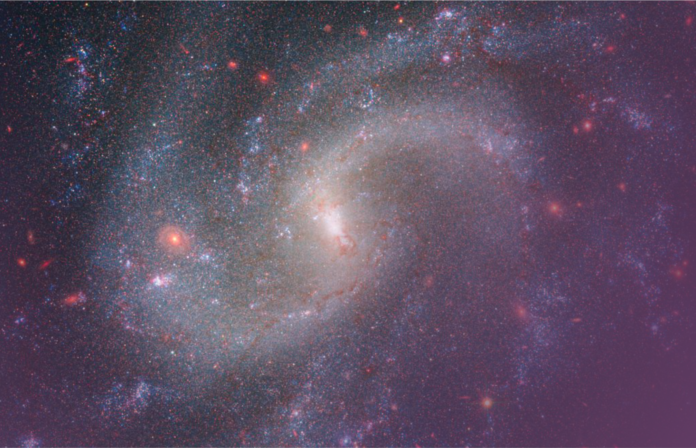Recent findings from the James Webb and Hubble space telescopes have revived an old astrophysics debate: the universe is expanding at different speeds. Research published in the Astrophysical Journal Letters details this revolutionary discovery, which overturns current views about the cosmos and opens up a new and exciting chapter in its history.
The James Webb Space Telescope (JWST), with its greatest infrared sensors, provides unmatched accuracy in cosmic observation. Astronomers have carefully analysed the expansion rates of distant galaxies using Hubble Space Telescope data, indirectly confirming Hubble’s findings.
This finding’s capacity to eliminate measurement inaccuracies is most essential, according to lead author Adam Riess of Johns Hopkins University. It suggests we can learn more about the universe.
The team investigates two methods to determine the Hubble constant, a key component of the universe’s expansion rate. There are two ways to solve this. First, scientists calculate the fine structure of the cosmic microwave background (CMB), then they employ Cepheid variable data.
Astronomers build a “cosmic distance ladder” and determine genuine expansion rates using cepheid stars’ periodic pulsations as galactic rulers. In recent years, Cepheid variable observations showed a faster expansion rate than previously estimated, which may challenge current hypotheses.
In addition, Riess and his team expanded the Cepheid star range in the faraway galaxies they studied to confirm the discovery. The JWST-Hubble data reproduce previous readings, supporting the idea that expansion rate uncertainties are not due to measurement errors. These current telescopes work together to create a visual window that spans cosmic distances, validating Hubble’s measurements as we explore space. These findings illuminate further astrophysical concerns and generate a new field that spurs new research on the universe’s operation.



